
Flywheel energy storage
Flywheel energy storage
Flywheel energy storage system(FBESS) is a technical product that uses a high-speed rotating rotor to store kinetic energy. FBESS is mainly composed of rotor, bearing and energy conversion system. It involves three stages of energy storage, transmission and discharge during operation. Compared with lithium batteries, FBESS have the characteristics of high power density, long life, rapid response, frequent charging and discharging, and environmental protection. The application scope of FBESS covers grid regulation, UPS, subway energy recovery and renewable microgrids.
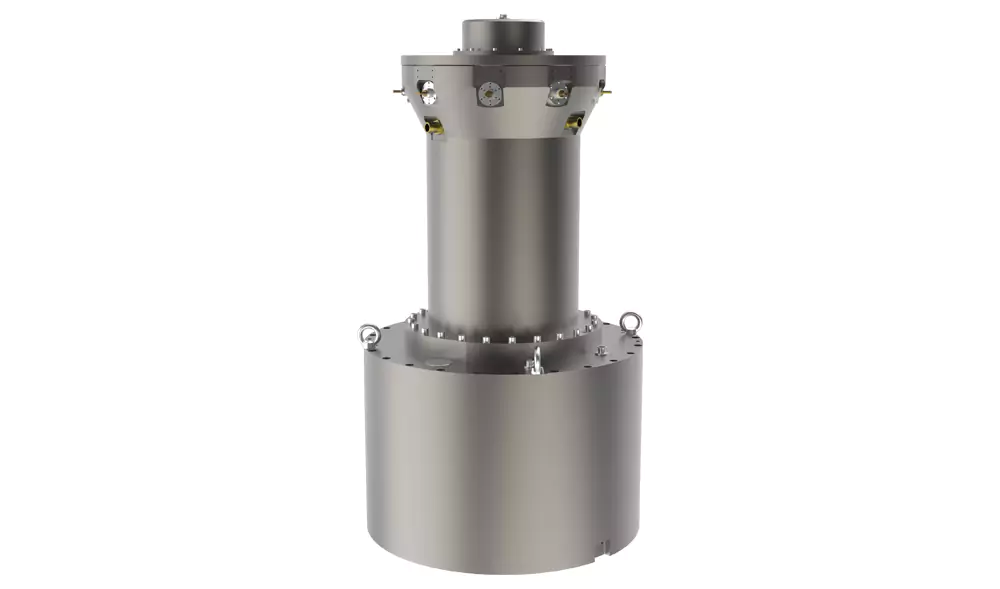
Flywheel energy storage system with a single power of 250kW to 2MW
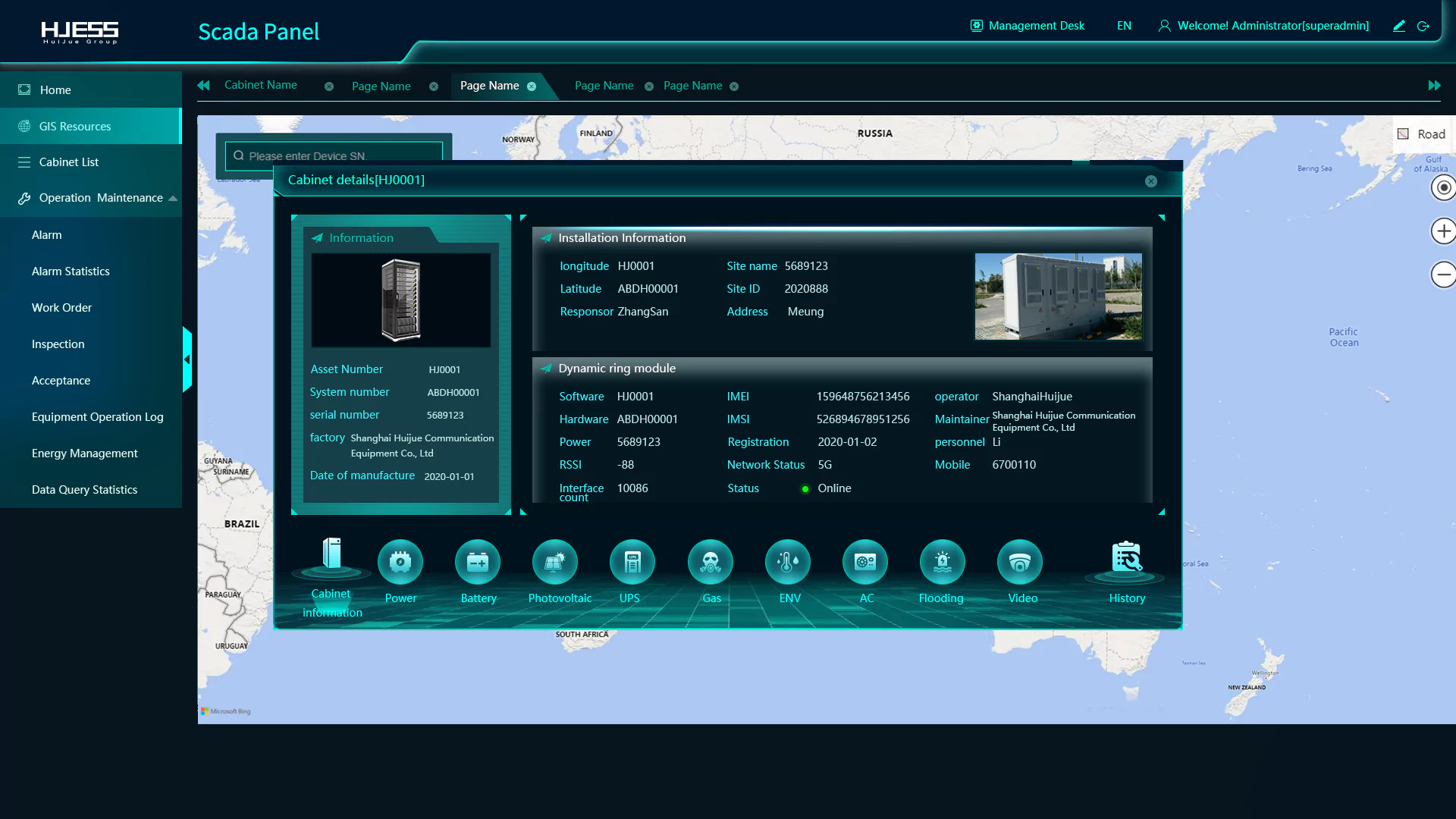
Flywheel Energy Storage Energy Management System EMS

Flywheel Energy Storage Converter

Electrochemical Energy Storage Integrated System
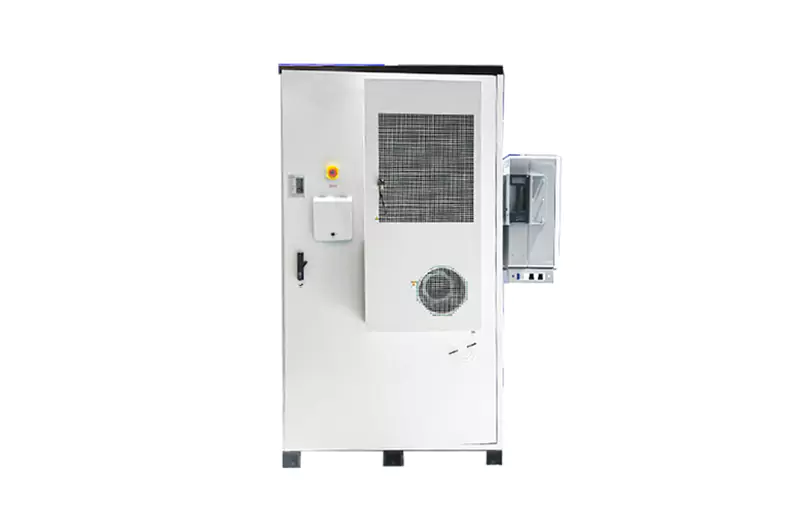
High-Performance Energy Storage Grid-Connected Converter
What are the latest progress and innovations in flywheel energy storage technology?
- Application of megawatt-class flywheel energy storage technology: China has made a breakthrough in the research of megawatt-class flywheel energy storage technology, and has achieved commercial use for the first time at Guangyangcheng Station on the Fangshan Line of Beijing Metro. This marks that the application gap of flywheel energy storage devices in the regenerative braking energy recovery method of domestic urban rail transit has been filled.
- Development of new physical energy storage methods: As a new physical energy storage method, magnetic levitation energy storage flywheel battery stores electrical energy in the form of high-speed rotation of the flywheel rotor, demonstrating its unique charm and broad application prospects in the field of energy storage.
- Exploration of high-inertia flywheel energy storage technology: Academia and industry are jointly paying attention to and accelerating the engineering application of high-inertia flywheel energy storage technology to promote its development.
- Application in the field of vehicle energy recovery: Texas A&M University has developed a new all-wheel drive electric power system based on a flywheel kinetic energy recovery system, which performs better in acceleration/deceleration than traditional power systems based on permanent magnet synchronous motors.
- China's national policy support: China's Ministry of Industry and Information Technology and six other departments have promoted the research and development and industrialization breakthroughs of flywheel energy storage equipment, aiming to develop safe and efficient energy storage integrated systems and improve the performance and availability of battery management systems.
- Technological innovation and market application: Researchers are optimizing flywheel energy storage technology to enable it to be applied in rail transportation, data centers and other fields, and it is expected to occupy an important position in the future energy storage market.
- Development of new flywheel energy storage and evaluation systems: Xi'an Jiaotong University and the State Power Investment Corporation Central Research Institute have jointly developed a new flywheel energy storage and evaluation system to support engineering applications, with a scale of more than 20MW and significant economic benefits.
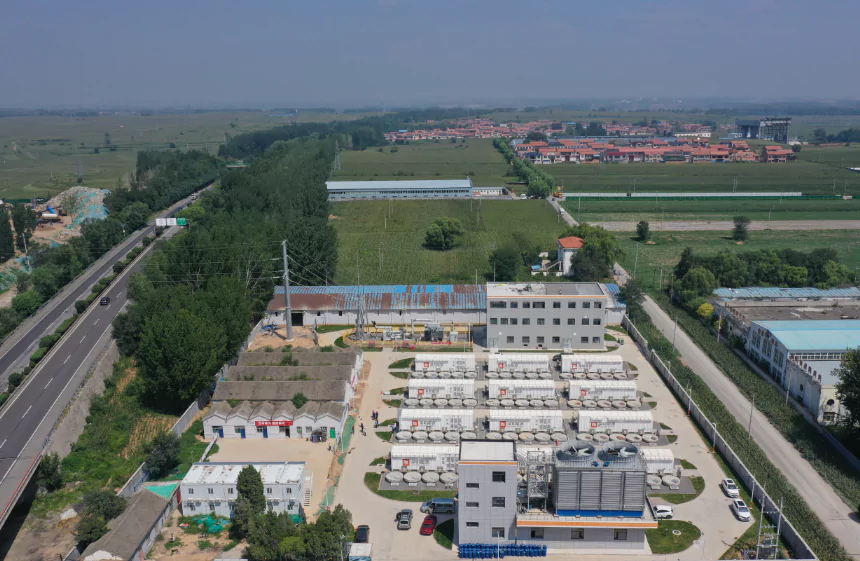
What are the application cases of flywheel energy storage system in grid frequency regulation?
- China State Power Investment Corporation Henan MW-level advanced flywheel energy storage system demonstration project: This project uses 1MW/35kWh primary frequency regulation flywheel products, and the rated power charging and discharging time meets the continuous multiple one-way primary frequency regulation instructions of the wind farm. The project uses 5 1MW/35kWh flywheel energy storage systems to form a 5MW/175kWh flywheel energy storage system.
- Shenyang Microcontrol New Energy Technology Co., Ltd.'s wind farm station primary frequency regulation + inertia response flywheel energy storage application project: The flywheel energy storage system of this project is equipped with Mingyang MY1.5Se type double-fed asynchronous wind turbine generator set, and is connected to 35kV after boosting by booster box transformer, participating in the primary frequency regulation and inertia response of the grid.
- Flywheel energy storage frequency regulation projects in Pennsylvania and New York, USA: These two states have installed 20MW flywheel energy storage for grid frequency regulation. The flywheel system has been in operation for more than 10 years. From the operation effect, a 20MW flywheel energy storage frequency regulation power plant is equivalent to 20 times the frequency regulation of thermal power units.
- Project example in California: Through a detailed analysis of the benefit investment of flywheel energy storage in grid frequency regulation, the results show that the investment benefit ratio of flywheel energy storage is close to 1, with good investment return value; after large-scale commercial application, the return-to-investment ratio can reach 1.9.
How does flywheel energy storage compare to lithium batteries in terms of cost-effectiveness?
- Initial purchase cost: Flywheel energy storage has a higher initial purchase cost, but its long service life and lower maintenance requirements make its overall life cycle cost lower.
- Operating expenses: Flywheel energy storage systems have lower operating expenses because their higher energy efficiency and permanent energy storage reduce system operating expenses.
- System efficiency: Flywheel energy storage can have a system efficiency of up to 95%, while lithium-ion batteries are generally around 90%.
- Cycle life: Flywheel energy storage has a cycle life of 20-30 years, while lithium-ion batteries have a cycle life of 3500-5000 times.
- Cost per kilowatt-hour: In some cases, the cost per kilowatt-hour of flywheel energy storage may be higher, but in applications that require high cycle life, flywheels compete with ultracapacitors on the cost per unit of energy delivered.
- Technology maturity: Lithium-ion batteries are already in the commercial development stage, while flywheel energy storage technology is still developing.


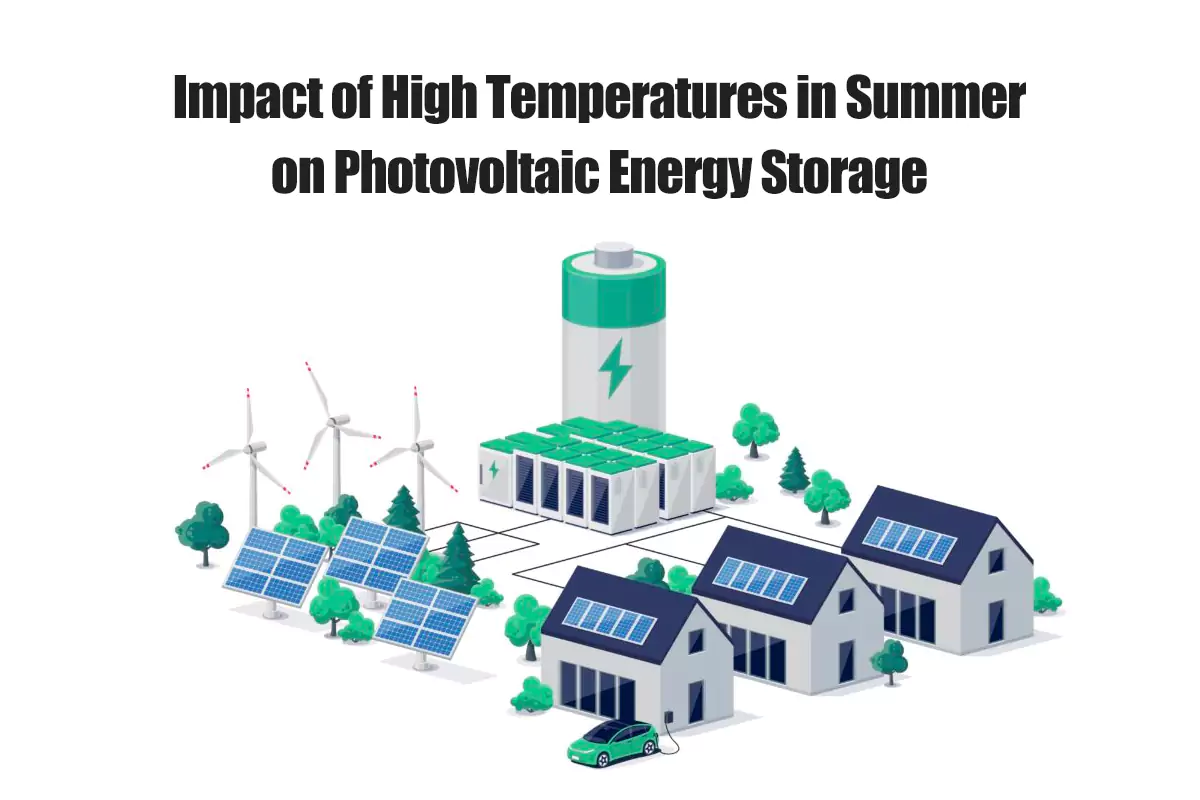





 Inquiry
Inquiry Online Chat
Online Chat